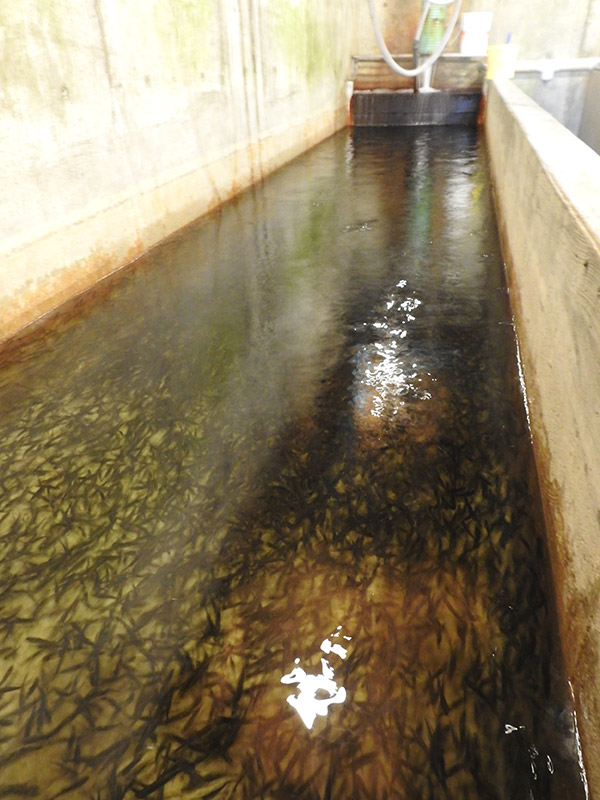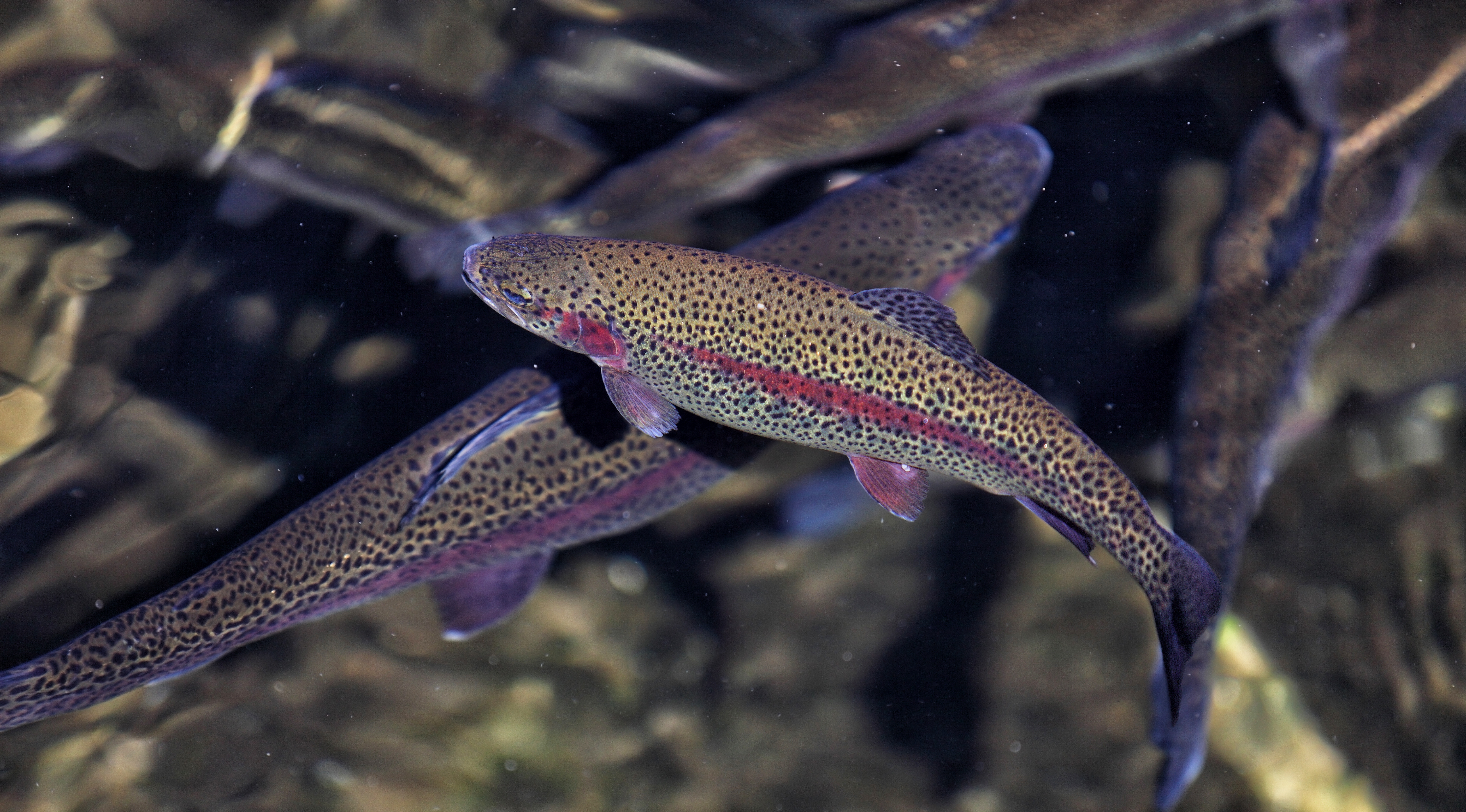Section 1 | Biosecurity in Aquaculture
Industry
Page 03 /
Evaluating Risk
If a patient is cold, if a patient is feverish, if a patient is faint, if he is sick after taking food, if he has a bedsore, it is generally the fault not of the disease, but of the nursing.
Florence Nightingale
Any discussion of antimicrobial stewardship (AMS) in aquaculture should be focused on infectious disease prevention. Aside from obvious positive effects on fish welfare and operational profitability, less disease means you don’t need to treat with antimicrobials as much. Fewer antimicrobials also means a lower chance for the development of antimicrobial resistance (AMR).
The Need for Biosecurity
Biosecurity can seem like a complex or intimidating concept, but it is really not. It is all about reducing infectious disease in your operation. It requires a firm understanding of how infectious disease enters the farm, and how it can spread once it’s there. Collectively, biosecurity principles encompass those practices and tools aimed at reducing the risk of introducing and spreading infectious disease within an operation.
Evaluating Risk

Source: ACER Consulting Ltd.
To implement sound biosecurity practices, the important point is making an honest evaluation of risk at key areas of your farm where disease could be introduced and/or spread. This requires a thorough knowledge of your operation, understanding of infectious disease ecology and epidemiology, and an unbiased mindset. For these reasons, it is important to establish and maintain a working relationship with a fish health veterinarian. Not only do they bring an impartial perspective and wealth of scientific knowledge to your operation, they also see a variety of farming systems and know how to practically and successfully implement best recommended practices.
Veterinarians and Biosecurity
Veterinarians are animal health specialists. They are trained in a host of sciences across a multitude of species — physiology, anatomy, pharmacology, pathology, epidemiology — to name a few “ologies”. Plus, as access to antimicrobial drugs requires a veterinary prescription, every fish farm needs to have a valid veterinarian-client-patient relationship (VCPR) established and maintained. Veterinarians with experience in fish health have the tools, training, knowledge, and peer network to be that impartial “second set of eyes” to evaluate biosecurity on your farm.
To learn more about developing a relationship with a veterinarian, read our case study: VCPR and Aquaculture in Ontario

Risk Assessment
Prior to the implementation of a biosecurity plan, it is important that a baseline understanding of biosecurity practices and risk areas is established for your farm. To provide a fair and useful assessment, it is always a good idea to involve a third party assessor who is knowledgeable about fish health and aquacultural practices.
The Australian government has compiled an excellent guideline on how to assess biosecurity risk on your farm:
Aquaculture Farm Biosecurity Plan: Generic Guidelines and Template